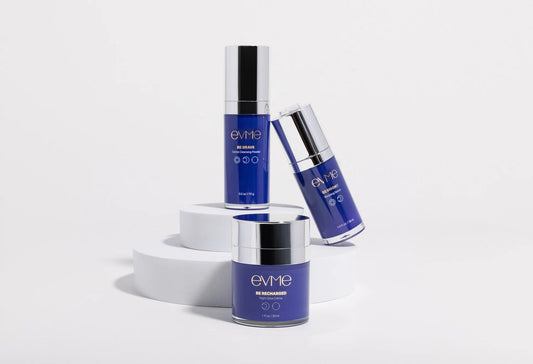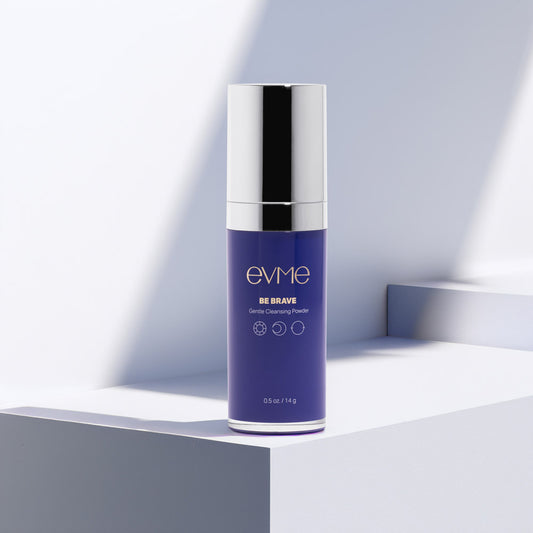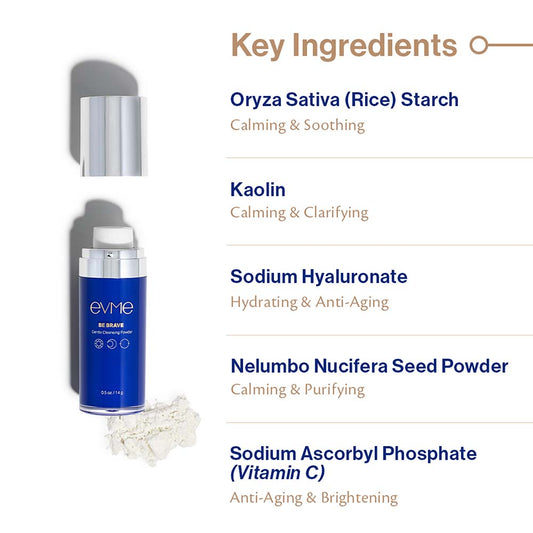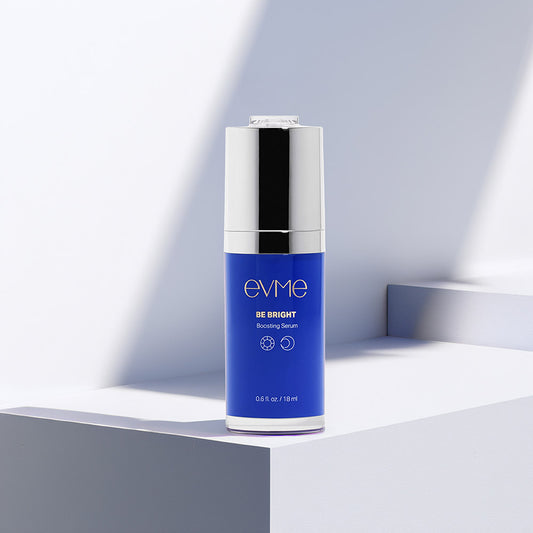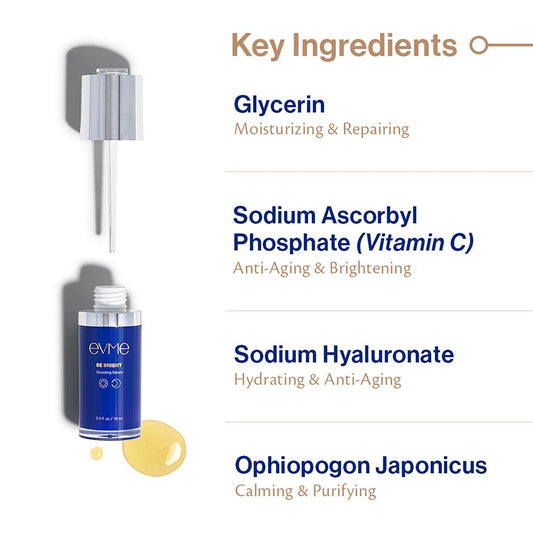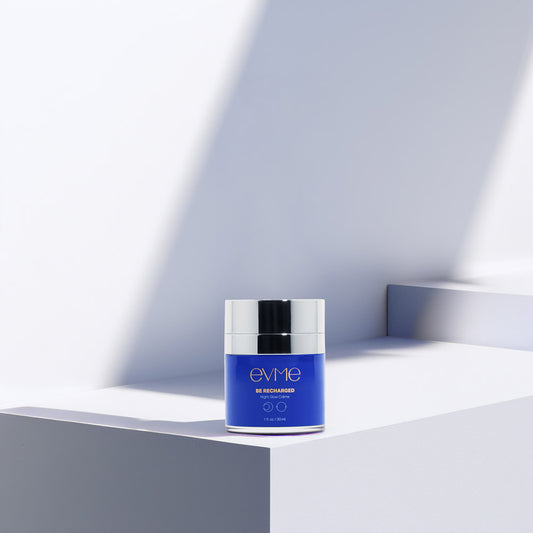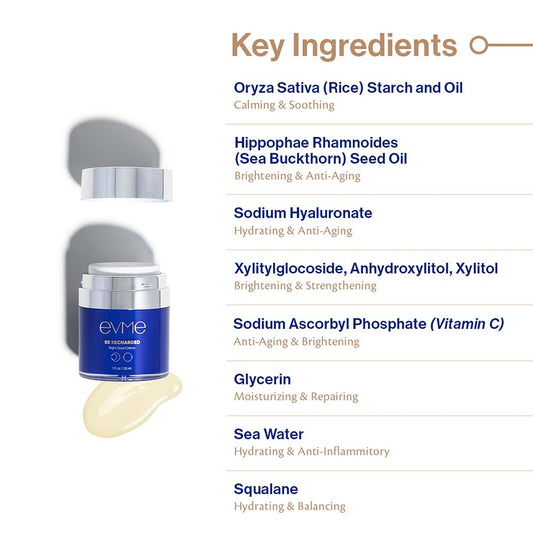Try Evme, allergist-created luxe skincare for sensitive and allergic skin.
Shop All ProductsPPD: A major allergen in hair dye
May 06, 2025
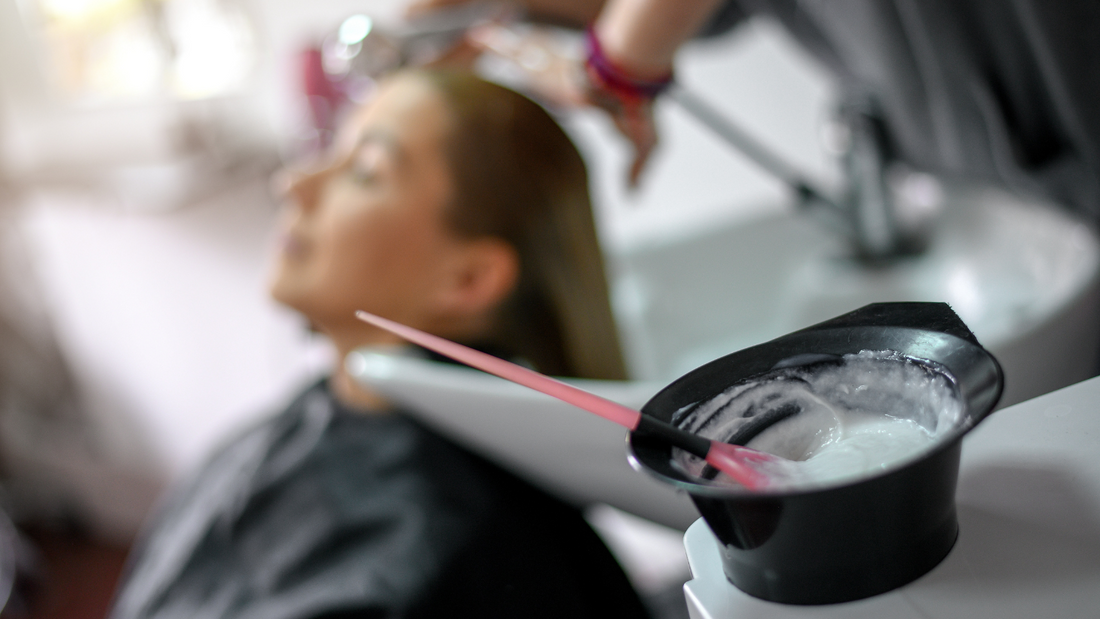
Back To Articles
Most people color their hair at least once or twice in their lifetime, right? And millions of people color their hair regularly, several times a year, and for many years, to cover grays or to add some pizzazz to their hair.
Did you realize that PPD (paraphenylenediamine), the most common component of hair dye is a HUGE culprit for causing allergic reactions?
There are reports in Asia that up to 14% of the population have reactions to PPD! In the US, the prevalence has been thought to be lower (closer to 6%), but honestly, so few people get tested for this allergy that they may not even realize this is wreaking havoc!
So what does PPD allergy look like? Often times, it causes scalp itching, but it can also cause rash on the scalp or around the hairline and neck area, rash on the face, ears, or neck or in severe cases, facial swelling!
We often think of PPD in hair coloring products, but you can also find PPD in black henna tattoos, dark-colored cosmetics, textile/clothing dyes, photocopy and printing inks, developers for photography, and black rubber products.
Black henna temporary tattoos have been found to be an important “sensitizer” for PPD, meaning that exposure to PPD in these tattoos can actually lead to development of reactivity to PPD in the future! Additionally, people can react to PPD after years of coloring their hair, with the chance of reactivity increasing with the more exposure you get!
What can you do if you start reacting to PPD?
1) Avoid hair dye allergens
The 3 major substances that cause hair dye allergy are:
- p-phenylenediamine (PPD)
- p-toluenediamine or Toluene-2,5-diamine (PTD)
- Toluene-2,5-diamine sulfate (PTDS)
It can also be helpful to recognize other names for PPD:
para phenylenediamine (PPD or PPDA)
1,4-Phenylenediamine
4-phenylenediamine
1,4-Benzenediamine
p-diaminobenzene
4-aminoaniline
1,4-diaminobenzene
Para-aminoaniline (p-aminoaniline)
1,4-Penylenediamine
1,4-Phenylenediamine
4-phenylenediamine
1,4-Benzenediamine
p-diaminobenzene
4-aminoaniline
1,4-diaminobenzene
Para-aminoaniline (p-aminoaniline)
1,4-Penylenediamine
2) Avoid other products that might be cross-reactive
If you are allergic to PPD, you may also be reactive to:
- PTD and PTDS - also found in hair dyes (Madison Reed, Simpler, and others)
- PABA: para-aminobenzoic acid - often found in sunscreens
- Some medications including sulfonamides (”sulfa drugs”) and sulfonylureas (medications used to treat diabetes), and an antibiotic occasionally used to treat tuberculosis (p-aminosalicylic acid) or inflammatory bowel disease (4-aminosalicylic acid).
- Other dyes: particularly Azo or disperse dyes
- Local anesthetics: Benzocaine, tetracaine, and procaine
3) Consider alternative dyes
Although it’s exciting to see people embrace gray hair, the reality is that most people still want to have options to color their hair without reacting. I have had some patients achieve success with hair dye alternatives!
- Other chemical alternatives: Hydroxyethyl-p-phenylenediamine sulfate - (HPPS) or 2-methoxymethyl-p-phenylenediamine (ME-PPD). These are modified PPD derivatives designed to be less sensitizing, and are often found in newer “low allergy” or “ME+” hair dye technologies (Wella Koleston Perfect ME+, Schwarzkopf Simply Color, and Clairol Natural Instincts - read labels to confirm this since there are many different options!). However, cross-reactions can still occur, especially in individuals with strong PPD allergies, so patch testing is still essential before use.
- Some herbal alternatives have low allergenic potential such as henna, indigo, cassia, beetroot, and coffee. You still need to be careful since some formulas may contain additives including fragrance, essential oils, or diaminotoluenes/diaminobenzenes which can also elicit allergic reactions.
It’s really important to read your ingredient labels and also patch test your product before you put it all over your scalp!
Try Evme
Recommended articles
close
Evme Sans-Allergenic Skincare Products
- Choosing a selection results in a full page refresh.





